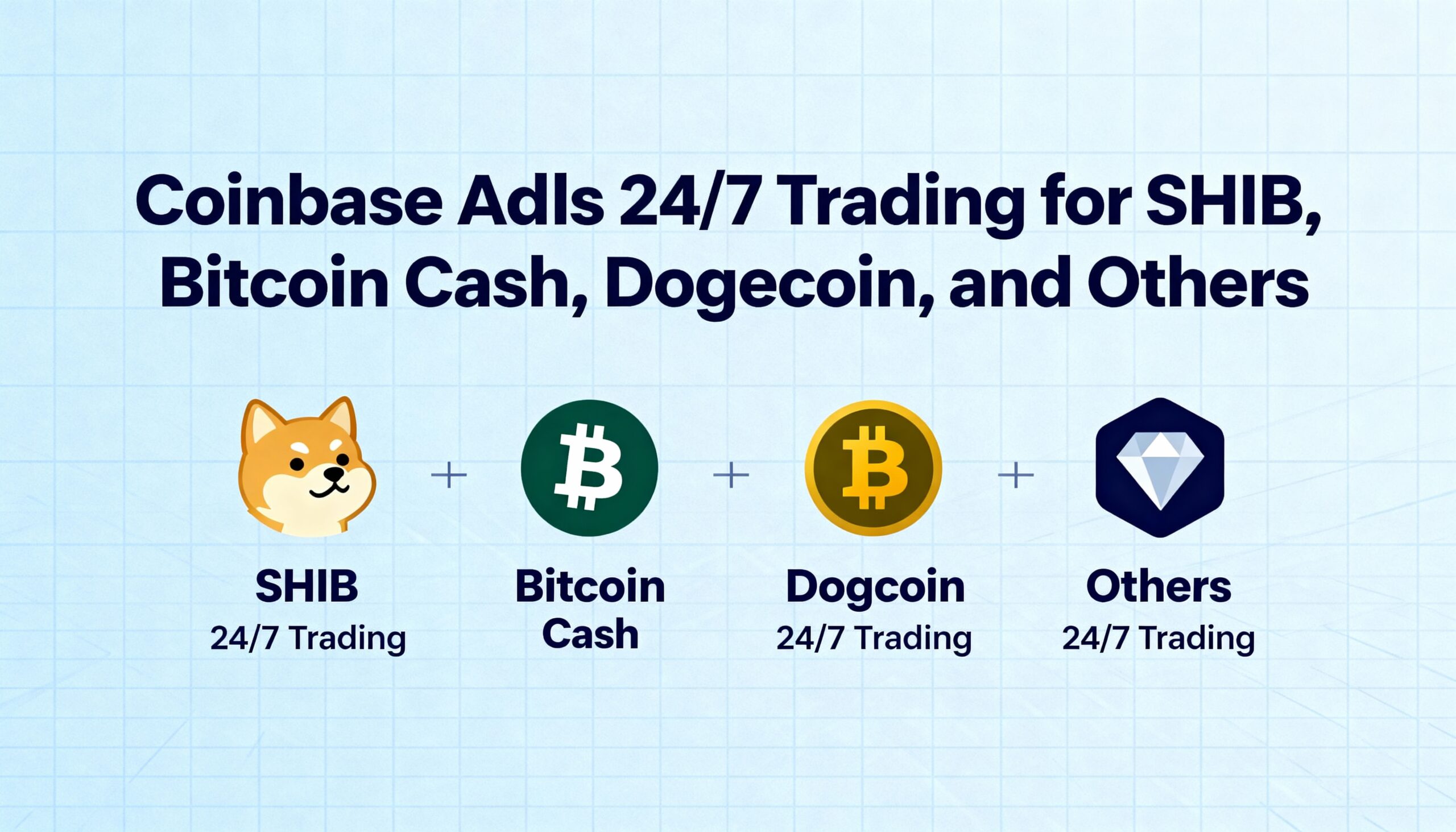Bitcoin’s “Silent IPO”: Why Its Sideways Market May Be a Sign of Growing Up
Spot Bitcoin ETFs are thriving, institutional interest is expanding, and regulators appear increasingly accommodating — yet Bitcoin has barely budged while global markets continue to rally.
For many Bitcoin (BTC) investors, the current stagnation feels like a missed opportunity. Stocks are hitting all-time highs, tech valuations are surging, and risk appetite is back — except, it seems, for Bitcoin. But longtime fund manager Jordi Visser believes this calm isn’t a failure; it’s a feature.
In a widely discussed essay on X titled “Bitcoin’s Silent IPO: Why This Consolidation Isn’t What You Think,” Visser argues that Bitcoin is undergoing the same kind of post-IPO behavior that traditional stocks experience after going public — a period defined by consolidation, distribution, and patience.
A Familiar Pattern in a New Market
Bitcoin never had a formal initial public offering, but Visser says the parallels are clear. In traditional markets, IPOs represent a liquidity event — the first real chance for early investors and insiders to cash out after years of risk-taking.
“Early-stage investors take enormous risks,” Visser writes. “When their investment succeeds, they deserve enormous rewards. But eventually, they need liquidity. They need an exit. They need to diversify.”
He points to Facebook’s 2012 IPO as a textbook case. The company went public at $38 per share, raising $16 billion at a $104 billion valuation — staggering numbers for the time. Yet within a year, the stock dropped 30%. Not because of mismanagement, Visser notes, but because early investors were quietly taking profits.
“They don’t sell everything at once,” he explains. “They distribute their positions methodically. They’re patient. They’ve waited years for this moment — they can wait a few more months to do it right.”
The result: months of sideways trading that test investors’ patience.
Bitcoin’s Liquidity Moment
Visser argues Bitcoin is now in its own version of that process. For the first time, deep institutional liquidity exists to absorb large-scale selling from long-time holders.
“The on-chain data tells a clear story,” he notes. “Old coins — some untouched since Bitcoin’s earliest days — are suddenly moving.”
He credits spot Bitcoin ETFs, expanding corporate adoption, and even sovereign interest with transforming the market’s structure.
“In 2015, selling $100 million worth of Bitcoin would’ve crashed the price. Even in 2019, $1 billion was impossible,” Visser says. “But today, ETFs provide steady institutional demand, major firms hold Bitcoin on their balance sheets, and sovereign wealth funds are getting involved. The market is finally mature enough for early holders to exit without chaos.”
That gradual selling, however, has created the sideways price grind frustrating current investors.
Distribution Before the Next Phase
Visser doesn’t view this as a bear market but rather a redistribution phase — a transfer of ownership from early adopters to institutional buyers.
In traditional equities, these phases can last six to eighteen months. Even with crypto’s accelerated cycles, Visser believes Bitcoin may continue consolidating for some time before resuming its next major move.
“Sentiment will only recover after the distribution is largely complete,” he writes. “Investors are anxious because they don’t understand what stage we’re in. They’re waiting for Bitcoin to ‘catch up’ with stocks. But once institutional accumulation has absorbed the old supply, the next trend will emerge.”
So while Bitcoin’s price may appear lifeless, Visser suggests it’s simply doing what successful assets do after they grow up — passing from the hands of early believers to the broader world.
Share this content:




